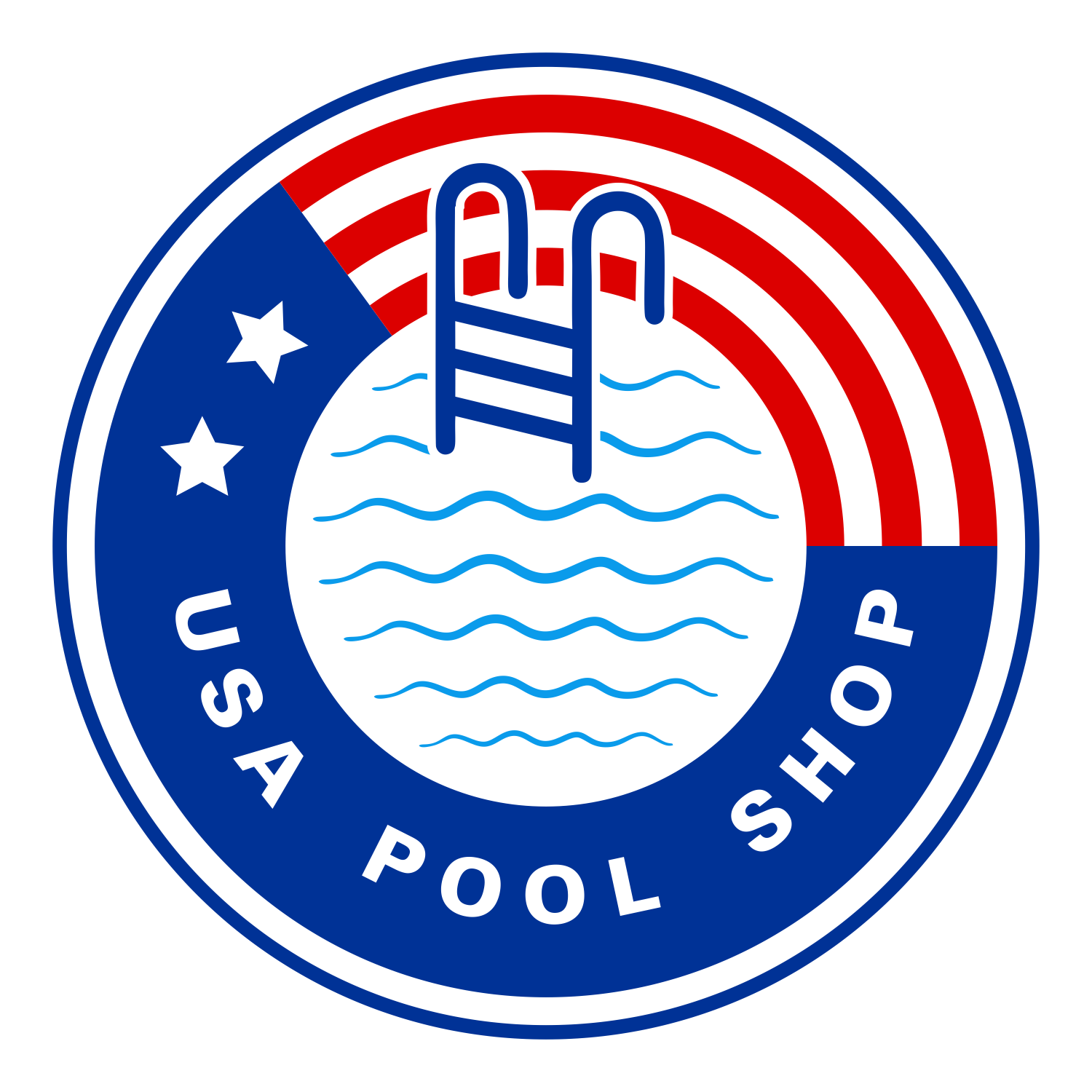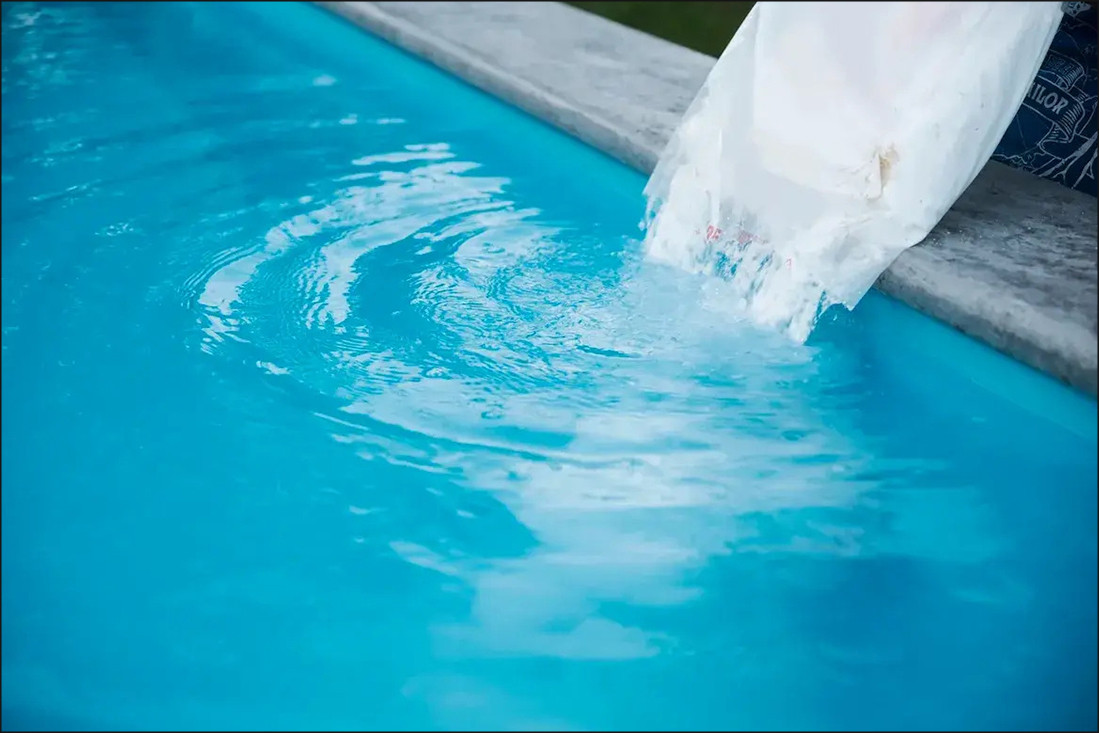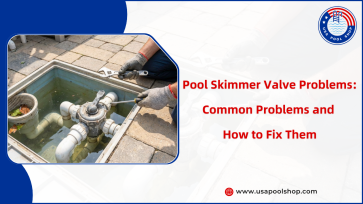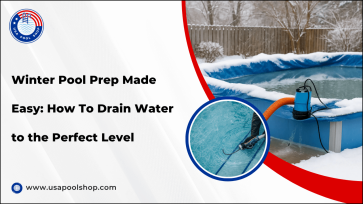Sparkling turquoise water, refreshing dips on hot days – owning a pool is a dream for many homeowners. But keeping that water clean and inviting requires ongoing maintenance. Chlorine is a crucial element, but traditional chlorine tablets can be harsh on skin and eyes, and require frequent monitoring. Saltwater pool systems offer a gentler and more convenient alternative. This guide delves into the intricacies of saltwater pool maintenance, ensuring your backyard oasis stays crystal clear and enjoyable all season long.
Understanding Salt Water Pools
Compared to conventional chlorine pools, salt water pools function differently. Salt (sodium chloride) is converted into chlorine gas by electrolysis in the salt chlorine generator, which is the main component. Hypochlorous acid, the active ingredient that sanitizes the pool, is created when this gas dissolves in water. Without the need for frequent human additions, this continuous procedure guarantees constant levels of chlorine.
Salt Chlorine Generator
The salt chlorine generator forms the core of a salt water pool system. Using seawater chlorination, this system produces chlorine from dissolved salt. Pools are made sanitized by chlorine produced by the electrolysis of water as it flows through the generator. To guarantee optimal cleanliness, check the amounts of chlorine on a regular basis using test strips.
Salt Cells
Within the salt chlorine generator, electrolysis takes place in salt cells, which are the functional units. The effectiveness of these cells may decrease with time if calcium accumulates on them. To get rid of calcium carbonate buildup, frequent cleaning of the cells can be accomplished with a garden hose or a weak acid solution. If the calcium hardness of the pool needs to be adjusted, do so to avoid repeated accumulation.
Salt Water Chlorinator Control
Chlorine generation is controlled by the salt water chlorinator control unit. Based on the salt level and the chlorine demand of the pool, this part automatically modifies the rate of chlorine generation. To guarantee effective operation, physically check and adjust the salt levels on a regular basis.
Pool Pump and Filter System
In order to ensure that salt and chlorine are distributed evenly throughout the pool, the pool pump is essential for moving water through the filter and back into the pool. The filter keeps the water pure by removing dirt and pollutants. Clean the pool filter on a regular basis and look for wear or clogs. Every day, manually remove bigger material, such as leaves or bugs, using a skimmer net.
Benefits of Salt Water Pools
Salt water pools offer several advantages over traditional chlorine pools, making them an increasingly popular choice among pool owners.
Gentle on Skin and Eyes
Pools with salt water are renowned for feeling soft. Salt water pools create chlorine at lower, more effective levels than regular pools, which can irritate eyes and cause dry skin. Swimming is made more enjoyable as a result of the water's improved skin and eye irritation tolerance.
Reduced Use of Harsh Chemicals
Pools with salt water drastically cut down on the need for additional chemicals. To keep the water quality in traditional pools, chlorine and other chemicals must typically be added. On the other hand, salt water pools constantly create chlorine through the conversion of salt to chlorine. This lessens exposure to harsh chemicals and over-chlorination while maintaining the water's cleanliness and balance.
Cost-Effective Maintenance
A salt water system may have greater setup expenses at first, but maintenance costs afterward are usually less. Compared to other chemicals and chlorine, which are usually used for pool upkeep, salt is less expensive. Because they don't have to buy chlorine as often, pool owners can save money by utilizing a salt water generator. After the first fill, less salt is needed because the device recycles salt continually to create chlorine.
Environmental and Health Benefits
A swimming area with salt water pools is both healthier and more ecologically friendly. By doing away with the necessity of handling and storing dangerous chemicals, they lower the risk of spills and accidents. Without the frequent variations in chlorine levels, the constant generation of chlorine at lower levels guarantees consistent disinfection, inhibiting the growth of algae and preserving clear, clean water.
Enhanced Water Quality
A saltwater pool's water quality is frequently improved by the regular chlorination process. Consistent amounts of chlorine aid in avoiding issues like algae blooms and murky water that arise from excessive or insufficient chlorine. Keeping a spotless pool in ideal condition is made easier with the option to quickly add salt and make system adjustments.
Routine Maintenance for Salt Water Pools
Regular maintenance is necessary to maintain the best possible water quality and system performance in a saltwater pool. This is a simple guide to the necessary maintenance duties for salt water pools:
Daily and Weekly Maintenance
pH Patrol: Test pH levels regularly (aim for 7.2-7.8). A sprinkle of baking soda raises pH, while muriatic acid lowers it, keeping your water comfortable and balanced.
Chlorine Check-In: Use test strips to monitor chlorine generated by your system (target 1-3 ppm). Consistent chlorine levels ensure a clean and healthy swimming environment.
Salt Cell Scout: Keep an eye on your salt cell for calcium buildup, which can hinder its performance. A quick cleaning might be needed if it looks like it needs a refresh.
Monthly Maintenance
Salt Cell Scrub: Once a month, give your salt cell a good cleaning with a mild acid solution or a specialized cleaning kit. This ensures it keeps producing the necessary chlorine.
Salty Solution: Test salt levels (target 2700-4500 ppm). Add pool-grade salt if needed, but remember, too much salt can be a bad thing!
Cyanuric Acid Care: Maintain cyanuric acid (CYA) around 30-50 ppm. This protects chlorine from the sun's harsh rays, keeping it effective for longer.
Seasonal Maintenance
Spring Cleaning: As pool season kicks off, test all the essentials – alkalinity (80-120 ppm) and calcium hardness (200-400 ppm) included. Adjust and clean equipment for a smooth summer.
Winter Woes? Not Anymore: When closing your pool, lower the water level, give everything a thorough cleaning, and throw on an automatic pool cover. This keeps debris out and saves you maintenance headaches come spring.
Additional Tips
Fresh Water Flow: Adding fresh water regularly helps dilute chemicals and manage salt concentration, especially after heavy rain or evaporation.
Balanced Bliss: Regularly check and adjust alkalinity and calcium hardness. Balanced water prevents scale buildup and keeps your pool feeling soft and inviting.
Brush It Off: Brushing the pool walls and floor regularly removes debris and prevents algae growth, keeping your water sparkling clean.
Automation Advantage: Consider an automatic pool cover. It minimizes debris entry, which can affect chemical levels and water quality.
Troubleshooting Common Salt Water Pool Problems
Saltwater pools offer a refreshing alternative to traditional chlorine pools. But even with the best intentions, hiccups can arise. Don't let a cloudy day cloud your pool enjoyment! Here's your cheat sheet to identify and solve some typical saltwater pool tribulations:
Chlorine Caper: Your pool's a haven, not a swamp! If you suspect insufficient chlorine production, it's time for some detective work.
The Salt Sleuth: First, check the salt levels (around 2700-4500 ppm). A low reading means your pool's saltwater generator is starved for its main ingredient. Add pool-grade salt to get the party started again.
Generator Guru: Is your generator running like a champ? Consult the manual or seek professional help if it seems like it's on vacation.
Cell Scrub: Mineral buildup on the salt cell can hinder its performance. A muriatic acid solution can be your cleaning hero, restoring the cell's efficiency.
Cloudy Cryptic: Crystal clear water is the epitome of a pristine pool. If yours looks like a lackluster smoothie, let's get to the bottom of it (literally!).
Chemical Checkup: Grab your test strips and assess the pH and alkalinity levels. Imbalanced readings can be the culprit. Baking soda can raise alkalinity, while muriatic acid can lower pH, bringing everything back into harmony.
Filtration Frenzy: Is your filter functioning flawlessly? A clogged or worn-out filter can contribute to cloudy water. Give it a good cleaning or replace it if needed, and watch the cloud disappear.
Salty Seasickness: Nobody enjoys swimming in a brine bath. If your salt levels are off the charts, here's how to find calmer waters:
Dilution Destination: For excessively high salt content, a partial drain and refill with fresh water is the way to go.
Calibration Captain: Double-check your saltwater generator and any automated salt-adding systems. Ensure they're functioning correctly and calibrated for optimal salt concentration.
Scaling Showdown: Nobody wants a rocky pool experience. High calcium levels can lead to scale buildup, so let's keep things smooth.
Calcium Check: Test strips are your ally again. The ideal calcium hardness range is 200-400 ppm.
Inhibitor Intervention: Regular use of a scale inhibitor can prevent the problem before it starts. Alternatively, adjusting the pH slightly lower (around 7.2) can help prevent calcium precipitation.
Scrub-a-Dub-Dub: For existing scale, grab a pool brush and get scrubbing. For stubborn areas, a muriatic acid solution applied according to the manufacturer's instructions can be your weapon of choice.
Bonus: Maintenance Tips
Testing Tenet: Regular water chemistry testing is your shield against problems. Keep a log to track trends and identify potential issues early on.
Cleaning Creed: Regular cleaning of all your pool's components, from the salt cell and filter to the pool surfaces, is key to maintaining a sparkling oasis.
Pro Power: When faced with complex issues or persistent problems, don't be afraid to call in a pool maintenance professional. They're your knights in shining armor for a healthy and happy pool.
Salt water pool maintenance, when done correctly, can lead to a more enjoyable and cost-effective swimming experience. By understanding the key components and benefits, following a regular maintenance routine, and addressing common issues promptly, you can keep your pool in top condition throughout the year. With this step-by-step guide, you are well-equipped to maintain your salt water pool effectively in 2024 and beyond.








Validate your login